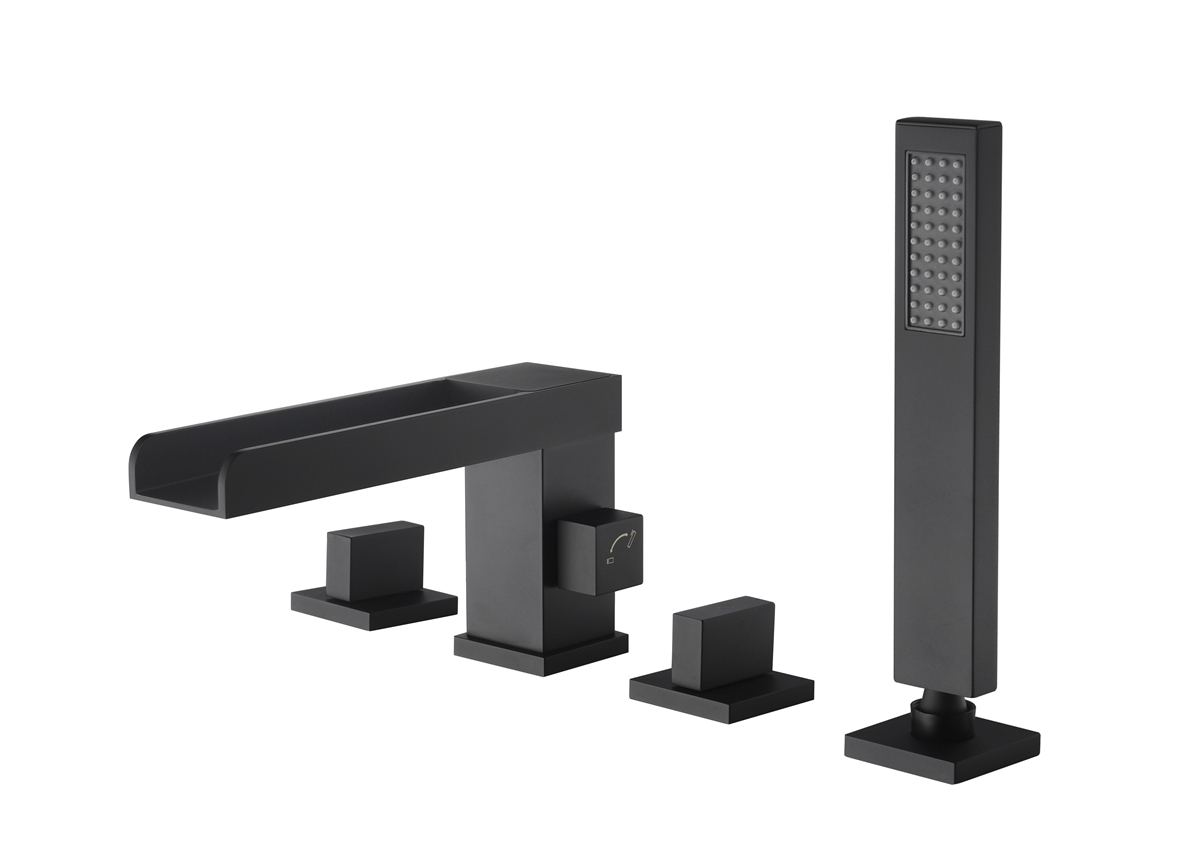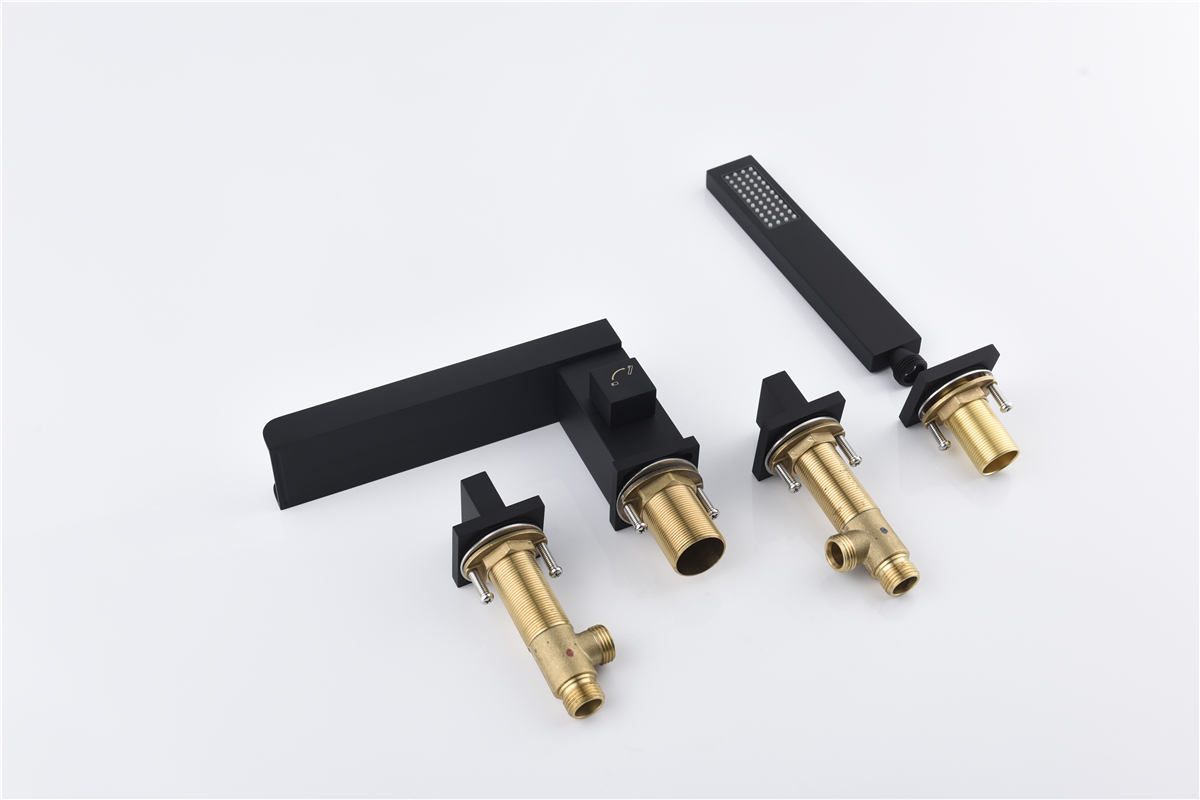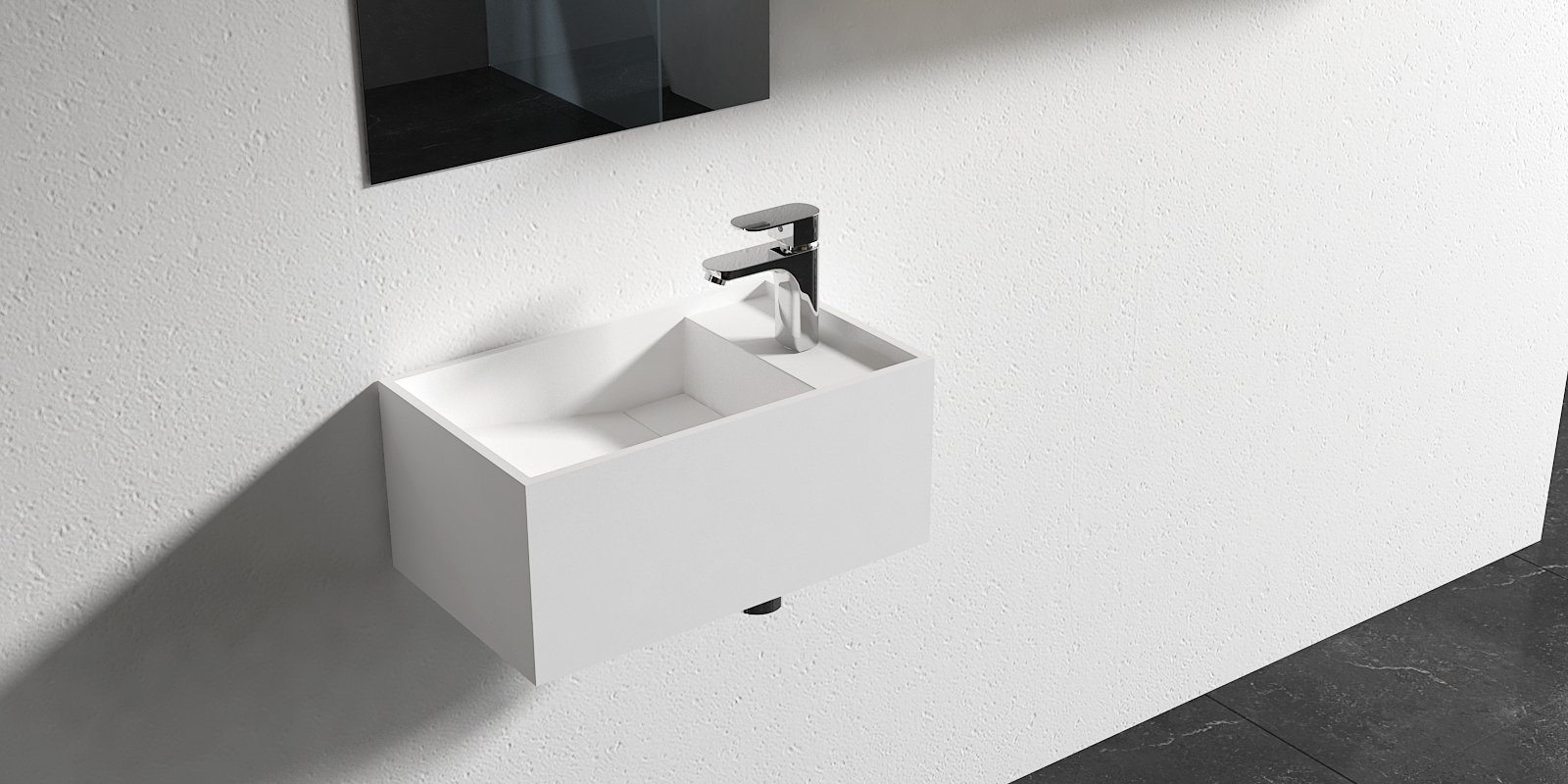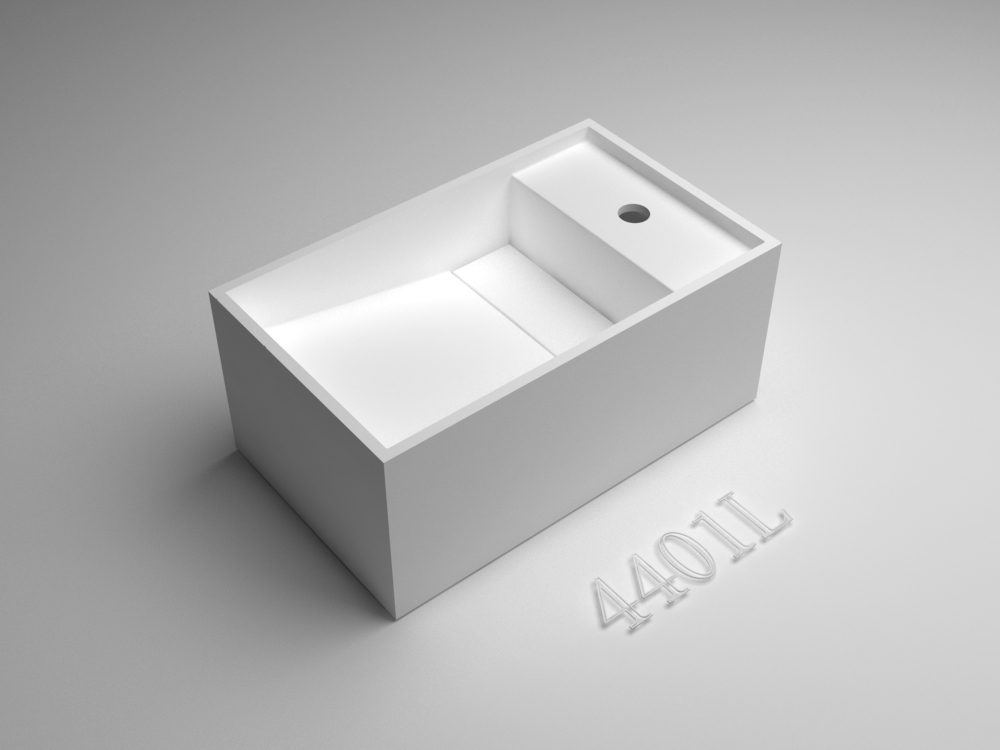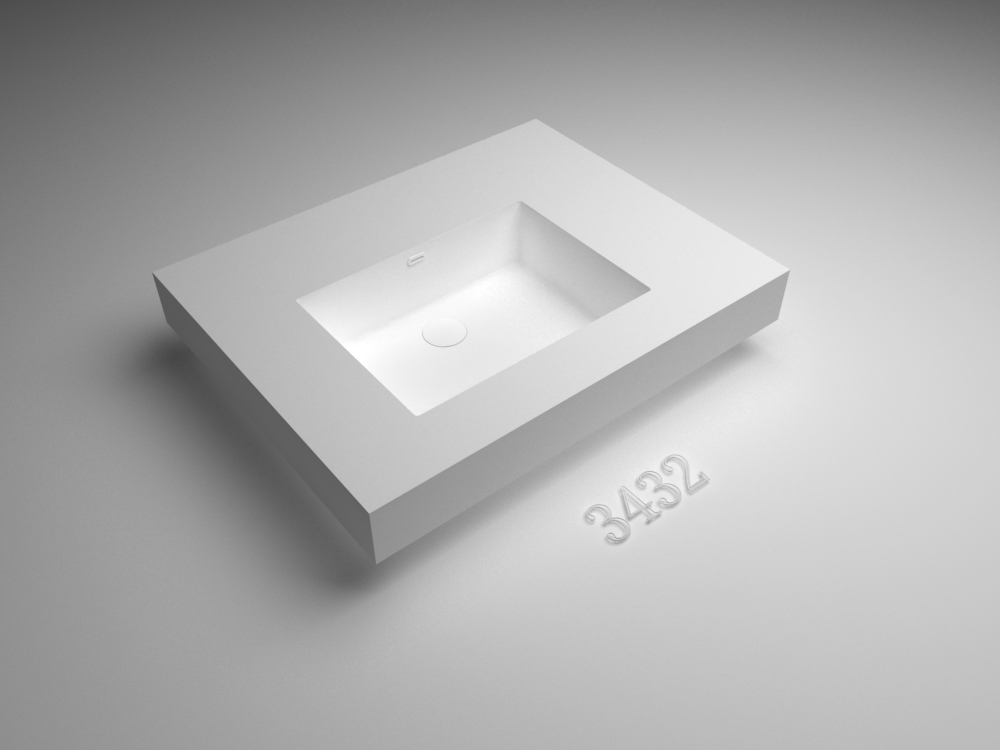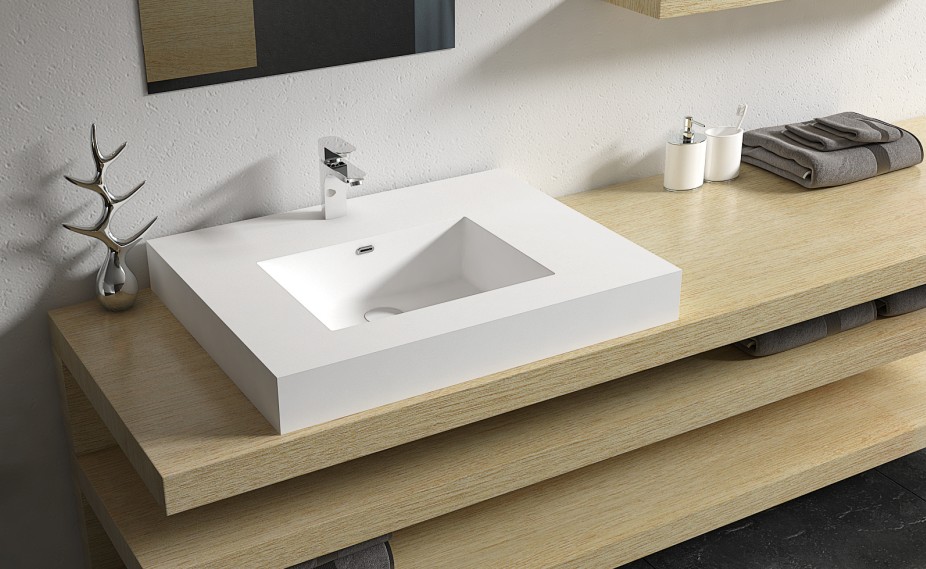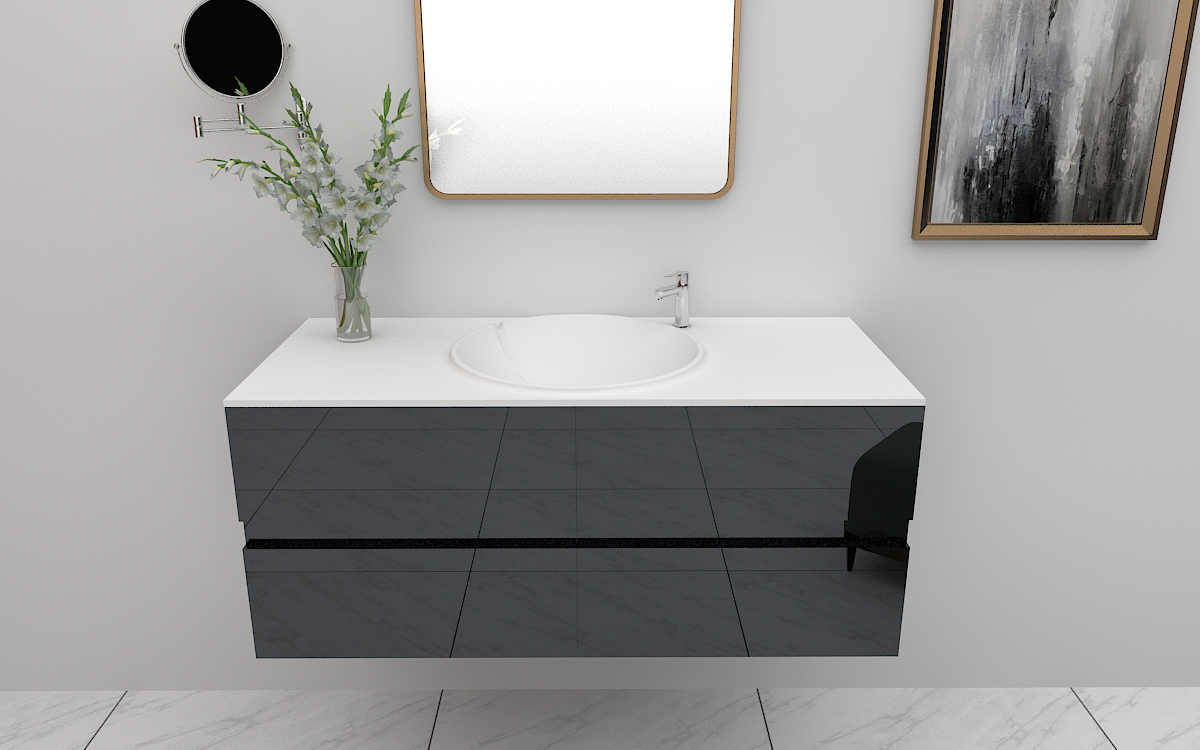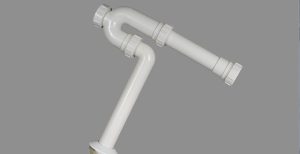
The importance of hydropower installation is self-evident. Today we mainly talk about the waterway project. The installation of sewer pipes in waterway engineering is more important, and the sewer pipes are the most prone to water leakage. Not only the quality of the sewer pipe is better, but also the size of the water pipe is also particular. Let’s learn about the size of the sewer pipe together.
Downpipe standard size
1. The drainage branch pipe connected to the washbasin, washbasin, bathtub, and sanitary basin has a pipe diameter of dn32 (the diameter of the sewer pipe is 32 mm), and dn40 (the diameter of the sewer pipe is 40 mm) can be used for larger specifications.
2. The diameter of the drainage branch pipe connected to the urinal and the urinal is dn50 (the diameter of the sewer pipe is 50 mm), and dn75 (the diameter of the sewer pipe is 75 mm).
3. The diameter of the drainage pipe connected to the toilet is dn110 (the diameter of the sewer pipe is 110mm).
4. The diameter of the drainage horizontal pipe and drainage vertical pipe connected to the toilet shall not be less than dn110 (the diameter of the sewer pipe is 110mm).
5. The diameter of the drainage pipe of the urinal or the drainage pipe connecting more than 3 urinals shall not be less than dn75 (the diameter of the sewer pipe is 75 mm).
6. The diameter of the drainage standpipe in the residence shall not be less than dn75 (the diameter of the sewer pipe is 75mm)
Sewer pipe installation tips
Installing the basin sewer pipe is a very simple matter. The installation of the basin sewer pipe is generally the last step after the basin drainer and the basin are installed and fixed, and it is also the last step in the entire basin installation process. Specific steps are as follows:
1. Make sure that the basin and the basin drain have been installed;
2. Unpack the purchased basin drain pipe;
3. One end of the basin drain pipe is specially connected to the basin drain, unscrew the plastic head of this end;
4. Screw the unscrewed plastic head on the basin drainer;
5. Put the basin drain pipe on the basin drainer, and tighten it with the plastic head screwed on the drainer in advance;
6. Drain water to test whether there is water leakage. If there is leakage, you can wrap the raw material tape on the connection between the drain and the sewer pipe first, and then proceed to the fifth step.
The above are the size standards and installation skills of the sewer pipes introduced to you. In order to prevent your own sewer pipes from being a safety hazard, let’s learn more.









